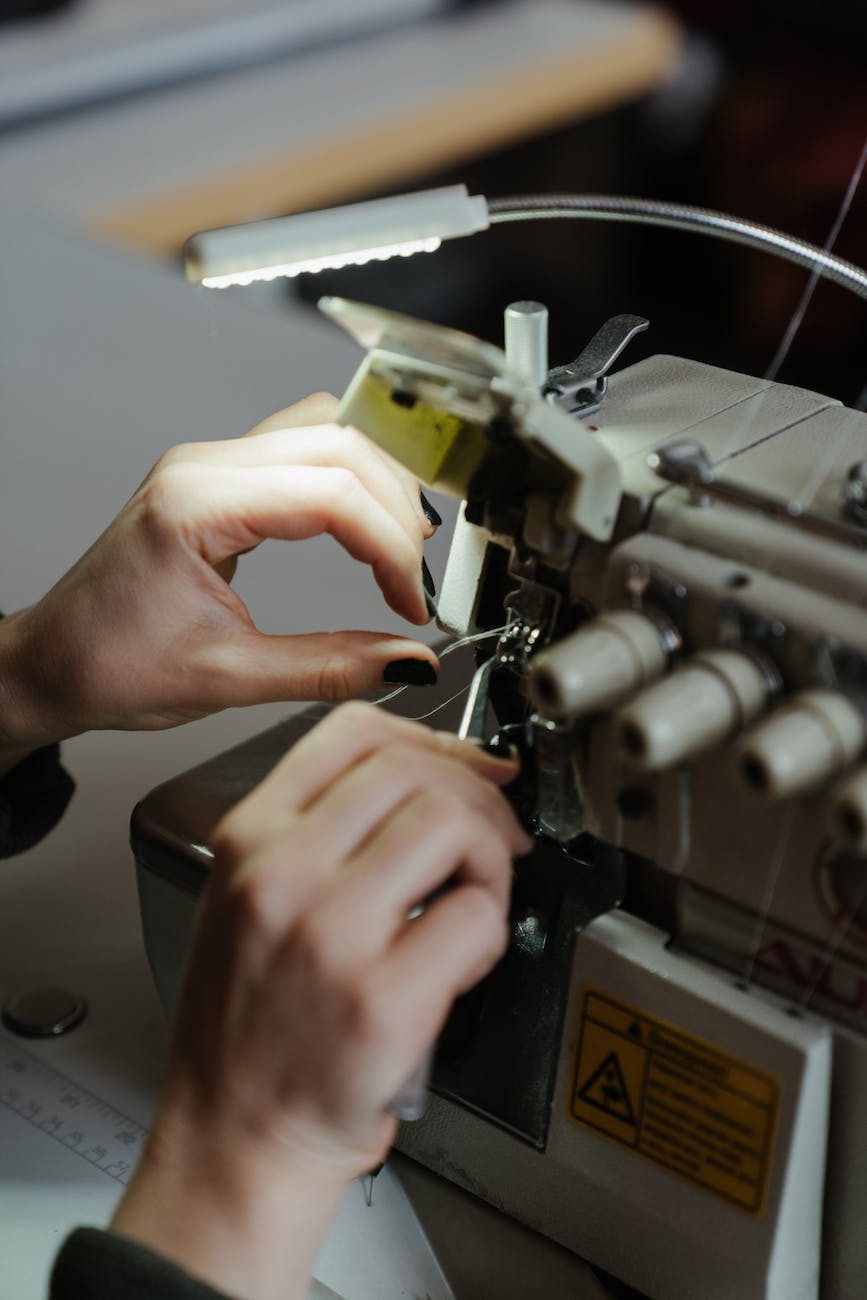sewing machine maintenance: keeping your machine in top condition
Sewing machines are complex machines that require regular maintenance to keep them running smoothly. If you neglect your sewing machine, it will eventually start to malfunction and may even break down completely. This can be a costly repair, so it’s important to take care of your sewing machine by following these simple maintenance tips:
- Clean your sewing machine regularly. This will help to remove lint and dust that can build up and cause problems with the machine’s operation. You can use a vacuum cleaner or a soft brush to clean the exterior of the machine, and you can use a lint brush to clean the inside of the machine.
- Oil your sewing machine regularly. This will help to lubricate the moving parts of the machine and prevent them from wearing out prematurely. You can use a sewing machine oil that is specifically designed for this purpose.
- Have your sewing machine serviced by a professional every few years. This will help to ensure that the machine is in good working order and that any potential problems are caught early on.
By following these simple maintenance tips, you can help to keep your sewing machine running smoothly for years to come.
Here are some additional tips for maintaining your sewing machine:
- Store your sewing machine in a clean, dry place. This will help to prevent the machine from getting damaged by moisture or dust.
- Be careful not to overload your sewing machine. If you sew too many layers of fabric at once, you can put too much strain on the machine and cause it to malfunction.
- Use the correct needle for the fabric you are sewing. Using the wrong needle can damage the fabric or the machine.
- Clean your sewing machine after each use. This will help to prevent lint and dust from building up and causing problems.
By following these simple tips, you can help to keep your sewing machine in good working order for many years to come.
Why Maintain Sewing Machines?
- Prevents buildup of lint and debris that impede operations
- Keeps mechanisms lubricated to reduce wear from friction
- Adjusts tensions and pressure for consistent, quality stitch formation
- Ensures needles insert cleanly without damaging mechanism
- Confirms parts are tightened properly to prevent loose stitches
- Fixes minor issues before they worsen into costly repairs
- Provides opportunity to brush up on threading and settings
- Verifies machines are fully operational and ready for upcoming projects
Supplies for Sewing Machine Care
- Lint brush – removes lint from bobbin and feed dog areas
- Small vacuum crevice attachment – cleans lint in hard to reach areas
- Soft cloth – wipe to remove oil and dust residues after cleaning
- Screwdrivers – tighten needle plate and adjust presser foot pressure
- Sewing machine oil – Apply directly to indicated spots according to manual
- Extra needles – Replace frequently to avoid burrs damaging machines
- Manual – Follow guidance for model-specific cleaning and oiling
Cleaning Steps
- Brush lint from bobbin case, feed dogs, tension discs, shuttle
- Clean race hook, bobbin case, and feed dogs thoroughly
- Remove needle plate and brush out lint below
- Use crevice attachment to vacuum inside tight crannies
- Wipe down all surfaces with soft dry lint-free cloth
- Remove presser foot and scrub any buildup – air dry fully before reattaching
Proper Oiling
- Apply only sewing machine oil following your manual guidelines
- Put 1-2 drops of oil on spots recommended, avoid over-oiling
- Slowly rotate hand wheel after oiling to distribute oil evenly
- Remove excess oil by wiping with soft dry cloth – wet oil attracts more lint
- Oil after about every 8-10 hours of stitching time
nvesting in regular machine care ensures your equipment will deliver years of reliable service and beautiful stitches. By following the simple maintenance tips outlined above, you can help to keep your sewing machine in good working order for many years to come.
Here are some additional benefits of regular sewing machine maintenance:
- Increased longevity: Taking care of your sewing machine will help it to last longer. This means you won’t have to spend money on a new machine as often.
- Improved performance: A well-maintained sewing machine will sew more smoothly and accurately. This will save you time and frustration when you’re sewing.
- Reduced risk of damage: Regular maintenance can help to prevent damage to your sewing machine. This means you won’t have to pay for costly repairs.
So, if you want your sewing machine to last for many years to come, be sure to invest in regular maintenance. It’s a small investment that will pay off in the long run.
Here are some additional tips for maintaining your sewing machine:
- Read your sewing machine manual carefully. This will give you specific instructions on how to clean and oil your machine.
- Use the correct needle for the fabric you are sewing. Using the wrong needle can damage the fabric or the machine.
- Clean your sewing machine after each use. This will help to prevent lint and dust from building up and causing problems.
- Store your sewing machine in a clean, dry place. This will help to prevent the machine from getting damaged by moisture or dust.
By following these simple tips, you can help to keep your sewing machine in good working order for many years to come.
